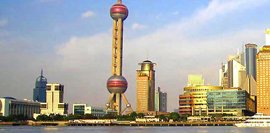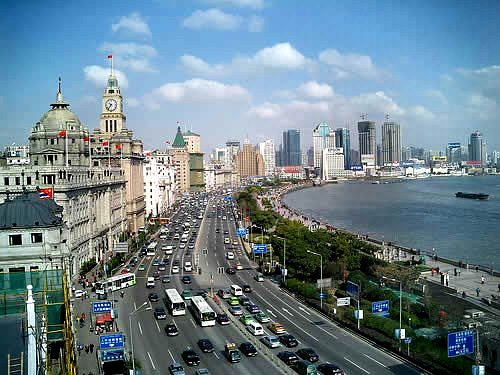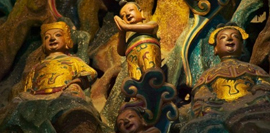 Originally built in 1327 during the Yuan Dynasty (1271-1368), it was rebuilt on the current site in 1622 in the Ming Dynasty (1368-1644).
Originally built in 1327 during the Yuan Dynasty (1271-1368), it was rebuilt on the current site in 1622 in the Ming Dynasty (1368-1644).
For centuries, the temple has served as a place for locals to pay tribute to Confucius, considered one of the most influential figures in Chinese history. As the founder of Confucian culture, the great philosopher and educator was revered almost as a spiritual being by millions of followers both during his lifetime and after his passing.His ideologies include the five virtues of human duty-kindness, uprightness, decorum, wisdom and faithfulness.
Another of his concepts is that one should always put himself in another's place and not do to them what he does not want to be done to himself. Such philosophies have been passed down for generations and exerted a powerful influence on the Chinese population.At the entrance of the temple are two ginkgo trees, both with a history of more than 600 years. Nearby are two large memorial archways towering overhead to show respect to Confucius and his views on education.






